What causes a curved penis?

Curved penis or bent penis generally occurs when sponge-like spaces don’t expand when you become sexually aroused. This is often due to typical differences in penis anatomy, but sometimes scar tissue or another problem causes a bent penis and painful erections.

In most cases, small penile curvatures are considered physiological, as irrelevant from a functional or aesthetic point of view. The properly pathological curved penis can instead cause problems during sexual activity, as it prevents penetration or makes it painful for the partner. Also, it tends to be more easily affected by traumatism.
Possible underlying causes of a Curved penis include:
- Peyronie’s disease (a curved erection caused by one of many underlying conditions)
- Injury to the penis
- Autoimmune disorders
- Inherited fibrous tissue (collagen) abnormality
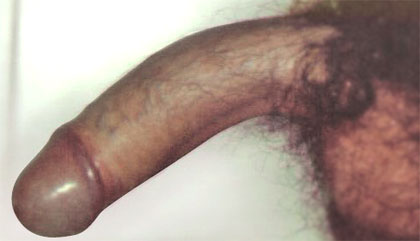
What causes penile curvature?
Penile curvature, when not Peyronie’s disease, is a congenital condition, meaning men are born with it. The deviation can be lateral (to the right or left), dorsal (upwards), or ventral (downwards), and, generally, it is more evident at puberty or in adulthood.
Is a curved penis normal?
It’s common for the penis to curve slightly to the left or right when it’s erect. But if you have a more significant bend in your penis, which may cause you pain or difficulty having sex.
What is Peyronie’s disease?
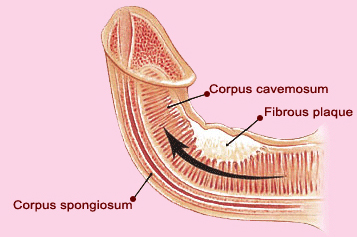
Peyronie’s disease is a penis problem caused by scar tissue, called plaque, that forms inside the penis. It can result in a bent, rather than straight, erect penis.
Peyronie’s disease causes the penis to become curved when it’s erect. The condition mostly affects men over 40 about 6 out of 100 men, although it can happen at any age. Peyronie’s disease is a penis problem caused by scar tissue, called plaque, that forms inside the penis. It can result in a bent, rather than straight, erect penis.
Most men with Peyronie’s disease can still have sex. But for some, it can be painful and cause erectile dysfunction.
Peyronie’s disease symptoms and signs
Symptoms of Peyronie’s Disease may develop slowly or appear overnight. When the penis is soft, you can’t see a problem. But in severe cases, the hardened plaque hampers flexibility, causing pain and forcing the penis to bend or arc when erect. In most cases, the pain eases over time, but the bend in the penis can worsen.
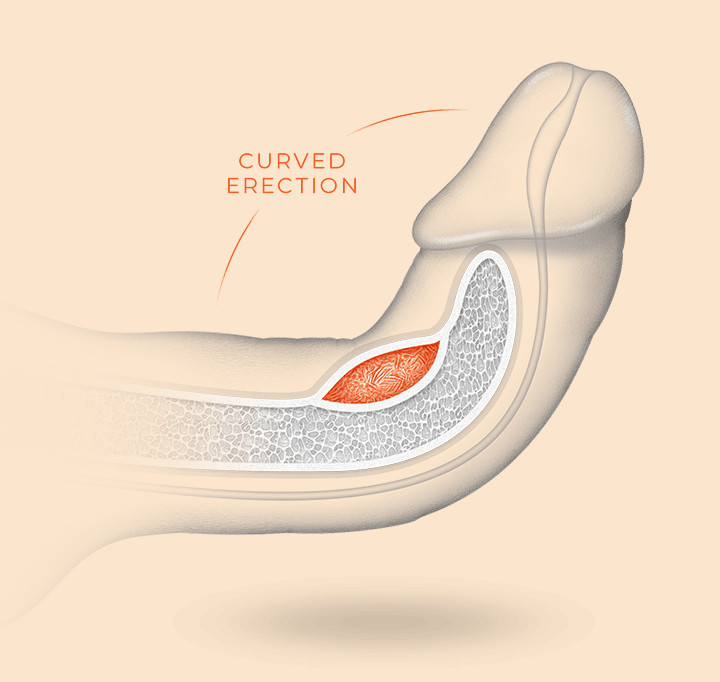
The symptoms of Peyronie’s disease include:
- The first thing that’s noticed is painful erections. (pain in the non-erect penis is rare)
- Then over a few months, the penis gets curved or bent: this can be bent upwards (the most common form of Peyronie’s), or bent downwards, or bent to the side.
- After about a year the curving or bending of the penis will stop and stay the same. At this point, the pain usually goes away.
- Occasionally the curved penis goes back to normal without any treatment.
- Usually, the penis looks normal when soft, and the curve or bend is only visible in an erection.
- a thickened area or hard lump (plaque) in the shaft of the penis (it’s rare to get more than one plaque)
- a curve in the penis when it’s erect (usually it curves upwards)
- the penis looking misshapen, like an hourglass
- loss of length or girth of the penis
What causes Peyronie’s disease?
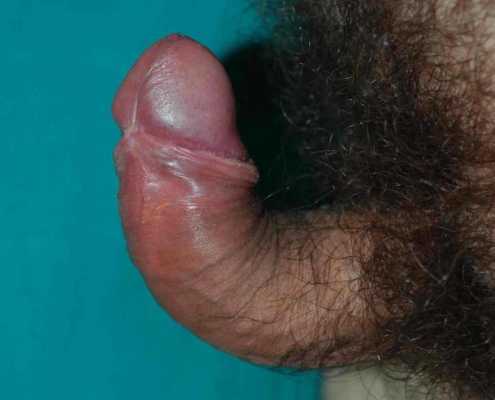
Peyronie’s disease is likely caused by minor injury to the penis. This type of damage is most often caused by vigorous sex (such as bending the penis during penetration or pressure from a partner’s pubic bone), through sports or other accidents can also cause it. Injury to the tunica albuginea may result in scar tissue forming in the cells. This scar tissue then forms the plaque of Peyronie’s disease. Peyronie’s disease is the result of a problem in the way the body heals wounds.
Peyronie’s disease treatments
There is a range of treatment options for Peyronie’s disease – from oral pharmacotherapy to injections, traction, and surgery. However, only a handful of therapy approaches the indicated efficacy when questioned in controlled trials to share the odds. However, the primary purposes of treating this condition should be diminished penile deformity and improved sexual function, with subsequently improved quality of life. Furthermore, the chosen modality of treatment should address the psychological implications of this disease.
Non-surgical Peyronie’s disease treatments
Medication
Medications recommended for use in men whose penis curves more than 30 degrees during erection. The treatment involves a series of penile injections that break down the buildup of collagen.
- Vitamin E has been used for the treatment of Peyronie since 1949. It is thought to reduce oxidative stress, local inflammation, and deposition of collagen (non-elastic tissue) on the plaque. There are several randomized clinical trials in the literature that analyze its effects and results, most of which demonstrate its total absence of benefit. Only one study shows an improvement in the 6 ° in curation compared to the placebo, but this is not a significant figure.
- Potaba: it has been used since 1959 as an anti-fibrotic agent. In a randomized study from 2015, a reduction in plaque size was demonstrated but not in deformity/curvature. It is not used frequently because of its side effects and the lack of scientific data demonstrating its effectiveness.
- Tamoxifen: works in theory by reducing the formation of fibrosis. It is not recommended for the treatment of Peyronie due to the lack of evidence of significant benefits.
- Colchicine: the treatment aims to reduce collagen synthesis. Although there are two crucial studies with opposite results, treatment with this agent can currently be indicated only when used as “combined” therapy (with other drugs) and not as monotherapy.
- Carnitine: not indicated in the treatment of Peyronie.
- L-Arginine: works by increasing nitric oxide levels inside the plaque and reducing the synthesis of collagen. Although studies proving its usefulness as monotherapy do not hesitate, this shows promising results when used in combination with other agents.
- Pentoxifylline: has an anti-fibrotic role. Several authors recommend its use as a combination therapy.
Nondrug treatments
Nondrug Peyronie’s disease treatments are being investigated, such as:
- shock wave therapy to break up scar tissue
- penile traction therapy to stretch the penis
- vacuum devices
Surgical Peyronie’s disease treatments
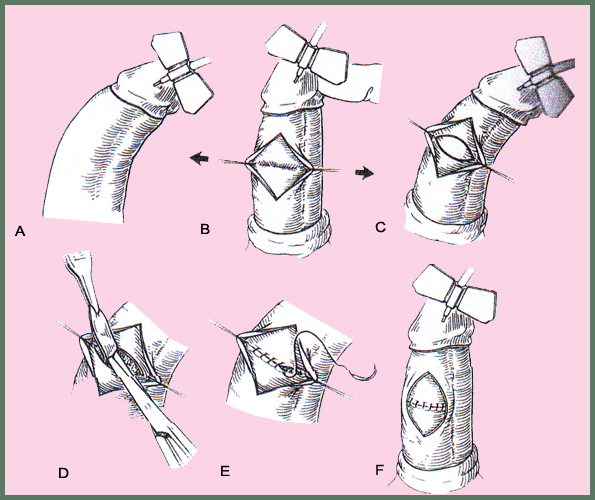
If you are suffering from or suspect you are suffering from Peyronie’s disease, we recommend that you consult a urologist specialist as soon as possible.
Surgical treatment of Peyronie’s disease has four objectives:
- Get a straightening of the penis and minimize any residual curvatures
- Maintain, restore or increase the length and circumference of the penis
- Maintain or restore normal erectile function
- Minimize the risk of minor complications such as hematomas, reduced penile sensitivity, etc.
The type of surgery used will depend on your condition. Your doctor will consider scar tissue location, the severity of your symptoms, and other factors. If you’re uncircumcised, your doctor might recommend a circumcision during surgery.
Depending on the type of surgery you have, you might be able to go home from the hospital the same day, or you might need to stay overnight. Your surgeon will advise you on how long you should wait before going back to work — generally, a few days. After surgery for Peyronie’s disease, you’ll need to wait four to eight weeks before sexual activity.
peyronie’s disease photos
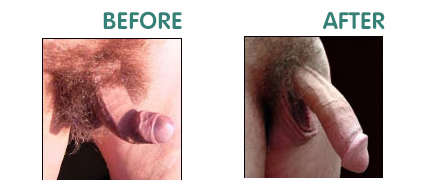
I Suffer From Penile Curvature. What Should I Do?
If you are suffering from penile curvature and this causes you discomfort, we recommend that you consult a urologist.
How to fix a curved penis?
Most men with the curvature of the penis do not need any treatment. This is true regardless of the cause. However, As you can imagine, there are many treatments offered online for a bent penis and Peyronie’s disease, but most of them don’t work! Speak with your doctor before spending money on something online.
Bent penis treatment devices
- A traction device: this is worn for about two hours a day and gradually straightens out the curved penis. It has been shown to help, in studies. A specialist doctor will provide you with one: don’t buy one online!
- A vacuum device: this is similar to the traction device and is worn at home. It gradually straightens out the penis.
ProExtender
ProExtender is the best medically backed treatment system that can help to straighten out any penis curvature.
T is a simple to use grip apparatus that helps you to straighten out the cells that build-up to cause the penis to curve due to Peyronies Disease.
You will feel pressure across both sides of the bent penis that’s influenced by the disease since it functions to keep those cells straight and extended. It is fully adjustable and elastic, effectively allowing the mobile growth on the affected side of the manhood catch up.
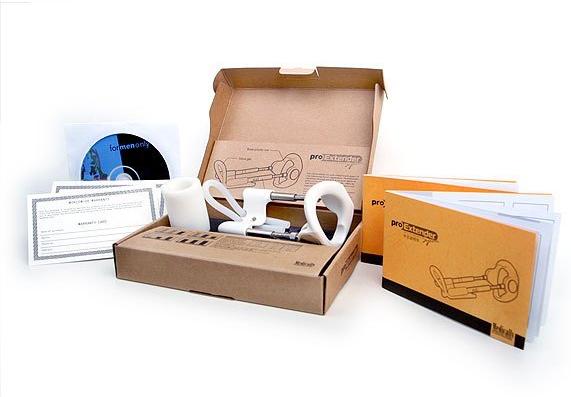
PHALLOSAN forte
The phallosan forte is consequently an actual alternative to operative treatment. Because of the continuous pull, the penis could be straightened or improved, without losing span, because the pull onto the glans stretches the penis. The direction of this deviation is immaterial.
Bathmate
When you use Bathmate, you can also expect to have stronger-than-ever orgasms. With the increased penile strength, your orgasms will also become stronger. Premature ejaculation is also taken care of because this penis pump offers a stronger erection that can help your sexual stamina. Other benefits of Bathmate include It can also help straighten curved penises.






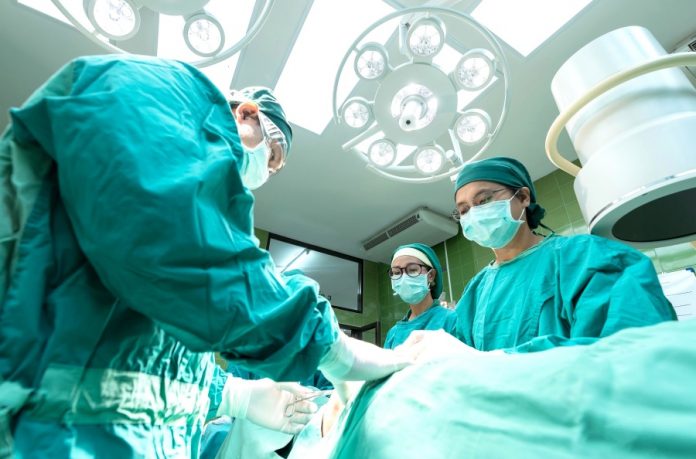
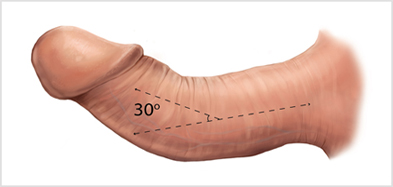

[…] on Aug 22 2019 – 6:34am by wrsle « PREVIOUS | NEXT » Categorized […]